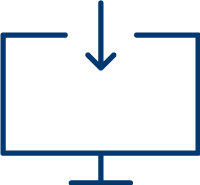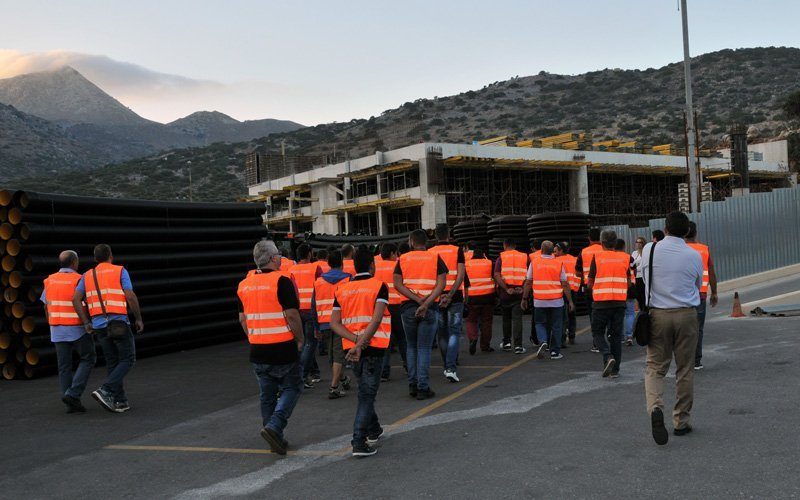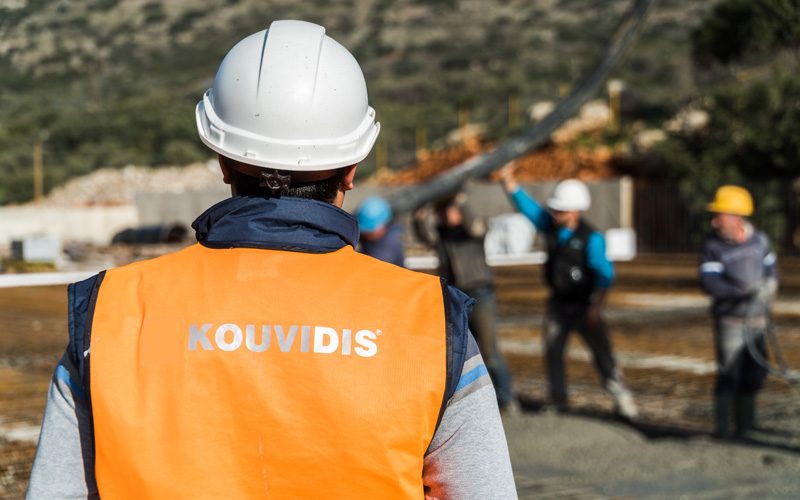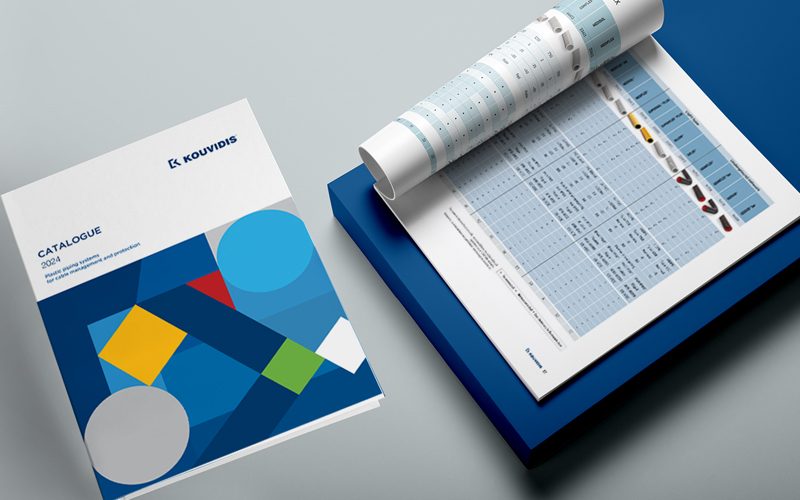What is anti-electromagnetic technology?
All cabling, both in residences and business premises, that is used to transfer energy and provide supply to electric devices creates so-called low-frequency magnetic fields, as well as electric fields, that remain even after the devices have been inactivated.
These fields depend on the voltage and intensity of the electric current and become weaker as the distance from their source increases. However, they are considerable at distances up to one meter.
In particular, the field created when we come into contact with a device or when we are standing next to a plasterboard wall with electrical cabling behind it can be very strong.
Thanks to the development of anti-electromagnetic technology, part of the radiation originating from cabling is isolated within the interior layer of the conduits, while the interference created between circuits (weak and strong currents) is minimised.
KOUVIDIS is the first Greek company to enter the field of production of plastic conduits using anti –electromagnetic technology, developing SUPERFLEX PLUS (320Nt) conduits for concealed type installations in plasterboard. On top of that, there are now more products with the same anti-electromagnetic technology; that is, SUPERSOL PLUS (320Nt) and MEDISOL PLUS – MEDIFLEX PLUS (750Nt).



